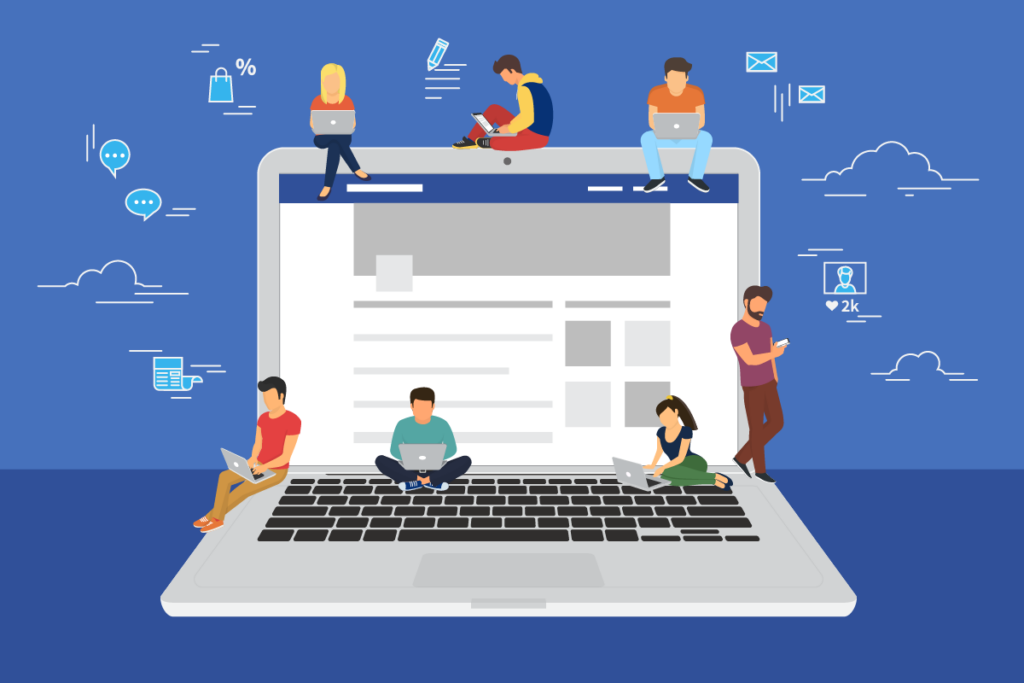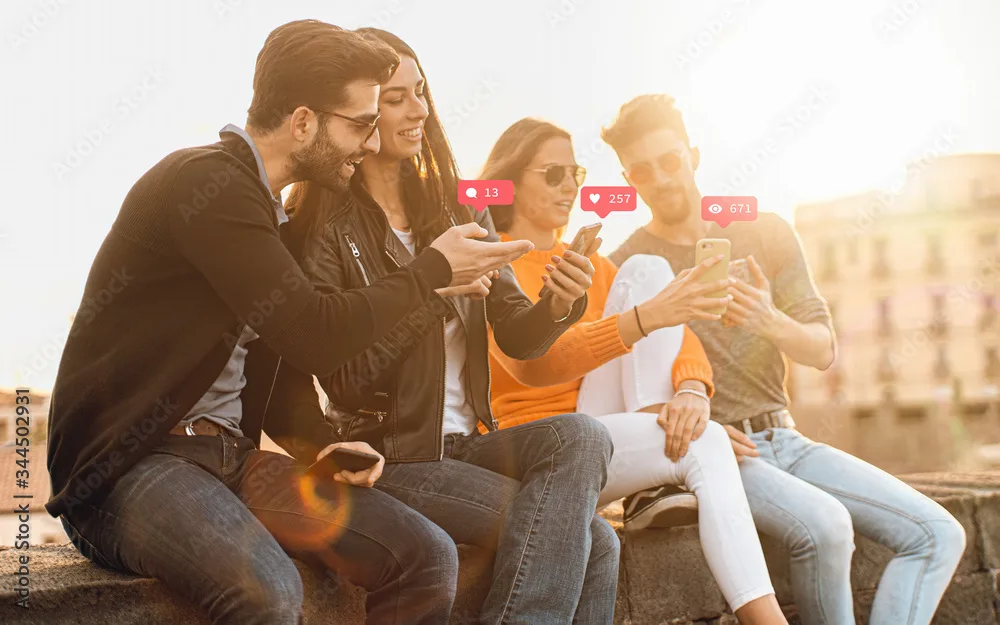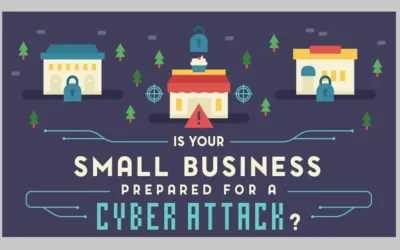In our digital age, social media has become an integral part of our lives, connecting us with friends, family, and the world at large. However, this interconnectedness comes with its share of risks. With cyber threats on the rise, it’s crucial to prioritize your social media security. In this comprehensive guide, we’ll explore the importance of safeguarding your online presence and provide you with practical steps to ensure your social media accounts remain private, secure, and hacker-free.
Understanding the Risks: The Vulnerabilities of Social Media

Social media platforms, while designed to connect people, can also serve as breeding grounds for cybercriminals. From identity theft and phishing attacks to impersonation and privacy breaches, the risks associated with social media are diverse and ever-evolving. Cybercriminals exploit the trust we place in these platforms, making it essential to be vigilant and proactive in our approach to social media security.
Social media platforms, while facilitating communication and networking, pose significant vulnerabilities. Phishing attacks, fake profiles, and privacy concerns expose users to identity theft and information misuse. Cyberbullying and data breaches are prevalent, with third-party apps risking unauthorized data access. Impersonation and location tracking raise security issues, and deepfake manipulation leads to misinformation. Content moderation challenges contribute to the spread of hate speech and radical ideologies. Inadequate security measures result in account hijacking, while ephemeral content features may provide a false sense of security.
Radicalization and the propagation of fake news are growing concerns. Children and teenagers are vulnerable to online threats, and data ownership lacks user control. Platform reliability issues and algorithmic bias further jeopardize user experiences. Political manipulation and external link dependencies pose risks, and algorithmic normalization of invasive practices erodes privacy. Collective efforts, including user awareness, platform accountability, and regulatory measures, are crucial for mitigating these vulnerabilities and safeguarding the digital landscape.
Notable Social Media Attacks
Below is a timeline of notable social media attack:
- 2005: MySpace Worm:
- Samy Kamkar released the “Samy” worm on MySpace, a self-propagating script that added him as a friend and spread rapidly.
- 2009: Twitter Worm:
- The “StalkDaily” worm infected Twitter, redirecting users to a phishing site. It exploited a cross-site scripting (XSS) vulnerability.
- 2011: LinkedIn Data Breach:
- LinkedIn suffered a data breach with over 6 million hashed passwords exposed, highlighting the vulnerability of user data.
- 2013: AP Twitter Hack:
- The Associated Press Twitter account was hacked, posting a false tweet about explosions at the White House, causing a brief stock market dip.
- 2013: Facebook Rogue App Attack:
- A rogue app spread on Facebook, tricking users into installing malware by promising a dislike button.
- 2017: Facebook’s Cambridge Analytica Scandal:
- It was revealed that Cambridge Analytica harvested data from millions of Facebook profiles for political advertising purposes.
- 2018: Twitter Bitcoin Scam:
- Numerous high-profile Twitter accounts were compromised in a Bitcoin scam where attackers requested cryptocurrency transfers.
- 2019: Instagram ‘Nasty List’ Phishing Attack:
- A phishing campaign on Instagram tricked users into providing their credentials by claiming they were added to a ‘Nasty List.’
- 2020: Twitter Bitcoin Scam Redux:
- Twitter experienced another major security incident with a coordinated Bitcoin scam affecting numerous verified accounts.
- 2020: TikTok and Zoom Vulnerabilities:
- TikTok faced scrutiny over privacy concerns, and Zoom experienced security issues like “Zoombombing” as its user base surged during the COVID-19 pandemic.
- 2020: Twitter ‘Blue’ Account Hack:
- Several high-profile Twitter accounts, including those of prominent figures and companies, were hacked in a Bitcoin scam.
- 2020: Facebook Massive Data Exposure:
- Over 267 million Facebook users’ data was exposed on the dark web, including names, phone numbers, and Facebook IDs.
- 2021: LinkedIn Data Scrape:
- A dataset containing information from 500 million LinkedIn profiles was scraped and put for sale on a hacking forum.
- 2021: Facebook Data Leak:
- Personal data of 530 million Facebook users was leaked online, including phone numbers and other sensitive information.
- 2021: Twitter API Vulnerability:
- A security vulnerability in Twitter’s API exposed users’ country codes and other account details to certain malicious actors.
It’s important to note that the landscape of social media attacks is dynamic, and new incidents may have occurred since my last update in January 2022. Staying informed about the latest cybersecurity developments is crucial to understanding and mitigating evolving threats.
Why Social Media Security Matters: Safeguarding Your Digital Identity
Social media security involves a set of policies and procedures used to safeguard user information, privacy and accounts on various social networking sites. It provides security against online harassment, unauthorized access, phishing attacks, malware, data breaches and identity theft.
- Protecting Personal Information: Social media accounts often contain a wealth of personal information, including birthdates, addresses, and even financial details. Hackers can misuse this data for identity theft or phishing attacks.
- Preventing Social Engineering Attacks: Cybercriminals often use social engineering tactics to trick users into revealing sensitive information. Securing your social media accounts can prevent falling victim to these manipulative schemes.
- Maintaining Reputation: Your online reputation is an extension of your real-life identity. A compromised social media account can tarnish your reputation and affect personal and professional relationships.
- Avoiding Impersonation: Cybercriminals may create fake accounts impersonating you or your business. Proper security measures can prevent unauthorized individuals from assuming your identity.
Social Media Security Best Practices: Your Shield in the Digital World
- Use Strong, Unique Passwords: Craft strong, complex passwords for each social media account. Avoid using the same password across platforms, and consider using a reliable password manager to generate and store unique passwords securely.
- Enable Two-Factor Authentication (2FA): 2FA adds an extra layer of security by requiring a secondary verification step, such as a text message or authentication app, in addition to your password. Enable 2FA wherever possible to bolster your account security.
- Regularly Update Privacy Settings: Social media platforms offer various privacy settings that allow you to control who can see your posts, friend requests, and personal information. Regularly review and update these settings to restrict access to trusted individuals only.
- Beware of Phishing Attempts: Be cautious of unsolicited messages or emails asking for your login credentials. Verify the sender’s authenticity before clicking on any links, and avoid providing personal information to unknown sources.
- Educate Yourself: Stay informed about the latest social media scams and security threats. Knowledge is your best defense against evolving cyber threats.
- Regularly Monitor Account Activity: Regularly review your social media account activity for any unfamiliar logins or suspicious activities. Promptly report any unauthorized access to the respective platform.
Conclusion: Your Digital Safety, Our Priority
In the vast landscape of social media, your security is our utmost concern. By implementing these best practices and staying vigilant, you can protect your online presence and enjoy the benefits of social media without compromising your digital safety. Remember, your social media security is not just a precaution; it’s a proactive step toward ensuring your digital identity remains intact and untarnished. Stay secure, stay connected, and let your online presence reflect the best of who you are, safely and confidently.





